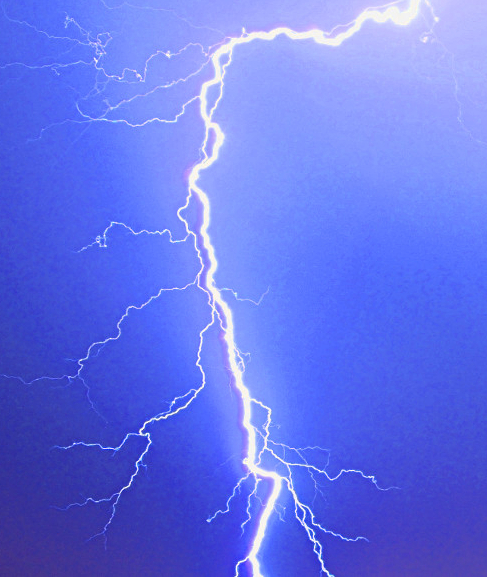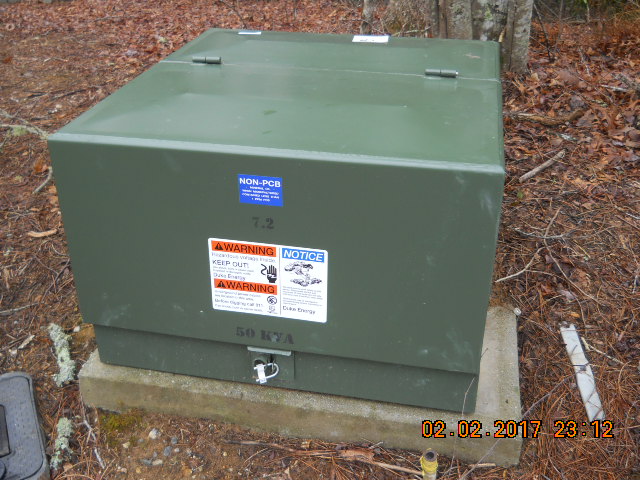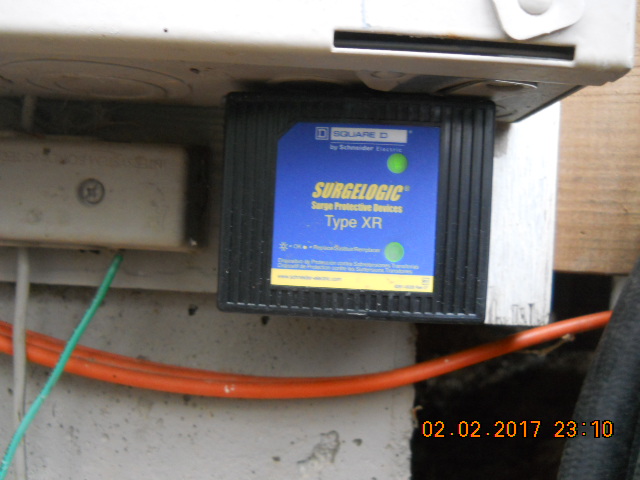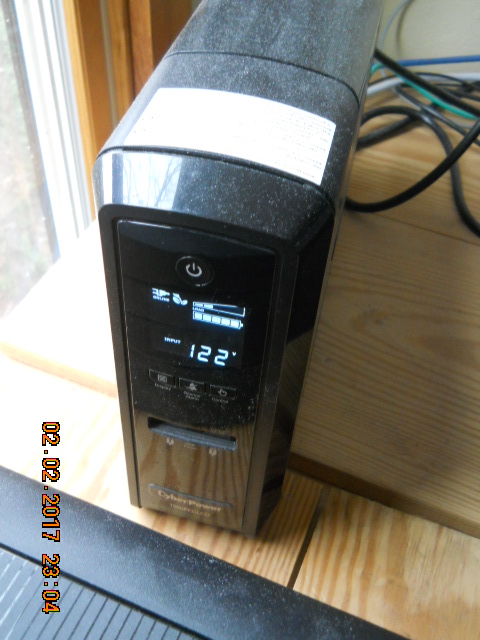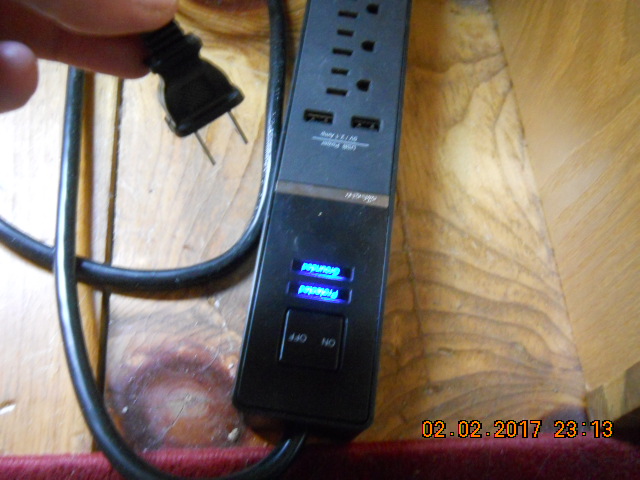Electrical Problems in Houses & How to Avoid Them, is about what it indicates: how to avoid electrical problems in houses. This pertains typically to TVs, computers, printers, monitors, washers & dryers and similar gear.
LIGHTNING PROTECTION SYSTEM
Strategy #1 for: electrical problems in houses & how to avoid them
The above image is of lightning. That’s the worst thing that can happen to the electrical system of a house. About the only thing that can protect your house, its electrical wiring and what you have plugged into that circuitry, is a lightning protection system. That’s the main aide to homeowners. Unfortunately, not many people buy that when they are building their house, because it’s another expense and most people find that their finances are already overburdened by the time such a system would be installed, and so, most owners don’t have that installed. A lightning protection system usually is composed of thick copper braided cables running over your roof ridge lines, with air terminals engineered to attract lightning, with the copper cables continuing down to the ground, where they connect to metal grounding rods that penetrate into the ground, where the lightning dissipates.
Even if they did, a direct hit could still damage your house and its wiring. So what can you do for the situations that are perhaps not a direct hit, but nearby? You can actually take some cost-effective precautions to help protect what you connect to your house’s wiring. And that’s the focus of this particular online article.
(continued below)
DIGRESSION: ELECTRICAL TRANSFORMERS
This is the transformer that can be either smaller and pole-mounted or on the ground (like this one). They can attract lightning. Last summer, outside of our own house (and only about 35’ away), this transformer’s predecessor was hit by lightning and exploded. This resulted in over $2,400 worth of losses in our own house, including: laundry dryer, 3 printers, a desktop computer (a nice one), about half a dozen surge suppressor strips, a TV, a monitor, coffee maker and some other devices. I suppose it could have been worse. The various precautions in this article are what we have done to better prepare for another nearby strike, if it comes.
(continued below)
WHOLE HOUSE SURGE SUPPRESSION
Strategy #2 for: electrical problems in houses & how to avoid them
This might cost $450 to $600 to $1,000+/-, which can vary, depending on the size, location and complexity of your house. It is one of the best means to protect residential circuitry. See that little blue box with the green light under the exterior main disconnect (above)? That’s about half of the system. The remainder are at the interior MDP (Main Distribution Panel) and at ancillary breaker panels. It bleeds off power surges that come into the house through the meter and power service entrance. That is a wonderful way to protect your house wiring and what you have connected to it. And fairly cost-effective. A voltage spike close enough and powerful enough could still, however turn your wiring into toast. But this an excellent preventative measure that could minimize damage. Which is why HOME ARCHITECTS specifies this system on all of its residential design projects as a owner optional upgrade: to protect their Client projects for decades to come.
UPS (Uninterruptible Power Supply)
Strategy #3 for: electrical problems in houses & how to avoid them
Plug your computer into this unit to help protect your computer from electrical spikes. You can also plug in your monitor(s), because if your monitors turn off, you can’t do much of anything with your computer. These devices (UPS) can be bought online through Amazon.com or through Best Buy and other retail outlets. There are cheaper ones, which is what most people buy. That’s a mistake. Get the “sine wave” protection unit. That’s going to cost you from $169 to around $200 or so. It’s worth it. The “sine wave” protection means that your computer power will not be affected and what you’re working on won’t go down (according to the manufacturer and our own personal experience) during a power interruption. During this time, you will have perhaps 15 minutes or so to make a controlled system shut down. Also, the UPS does a better job of clamping any voltage spikes and keeping them from getting through to your computer, which is what you mainly want to use this higher-cost UPS unit for. One per computer. We have personally had good luck with the CyberPower 1500 PFCLCD.
SURGE SUPPRESSION BARS
Strategy #4 for: electrical problems in houses & how to avoid them
(see next item’s image)
These usually cost from $20 to $60 to over $100, depending on rating and size and number of outlets. Don’t spend less than $20 (you get what you pay for). And for your large screen TV, spend over $60, or you’re kidding yourself at the level of protection you’re getting. Listen to what the salesperson at Best Buy is telling you. This is one of those things that you really do get what you’re paying for. And understand this: you are supposed to replace these about once a year! Why: because “dirty” commercial power coming into your house on a daily basis can “use” what buffering capabilities these lower end units have, until they, too, become almost worthless. Especially for your more expensive items. Does it make sense to spend $80 on a surge suppressor to protect a $20 coffee maker? No. But on a $2500 large screen hi-res flatscreen TV? Yes.
UNPLUG CRITICAL EQUIPMENT
Strategy #5 for: electrical problems in houses & how to avoid them
This is the ONLY way to insure that a voltage spike from a nearby lightning strike, or “dirty” commercial power won’t harm your delicate equipment. We have developed a protocol: every night just before we go to bed, we pull out the incoming main DSL line (your Internet connection wire) from the main house modem. Why: because a lightning strike can zap your valuable equipment through this connection (as well as through normal power lines).
Also, pull out the electrical power plug-ins for your computer UPSs and even perhaps your dryer and washer. May sound fanatical, but that is your only guarantee. And certainly before you go on a trip or intend to be away from your house for an extended period of time. It will be well worth the effort. Also, this insures that your computers (if you use the Operating System’s (OS) shutdown feature before unplugging) will update any required latest OS fixes on a daily basis. Do Not unplug before you see your computer shutdown, using the OS.
tags: mountain residential architect, post and beam, craftsman style, timber frame, Cashiers, Lake Toxaway, Highlands, Glenville, Sevierville, Columbia

